I have been asked a lot about autofiction with my latest novel, which is about a Korean American adoptee named Matt who finds out that he has a doppelgänger, also named Matt, who has lived a much more successful life but has disappeared. Autofiction is not the genre for Disappear Doppelgänger Disappear, yet there is no mistaking the theme of multiple selves.
The genre Disappear Doppelgänger Disappear belongs in is Parallel Realism. Parallel Realism is fiction that represents the (real) experience of living in multiple realities through the fictional use of parallel universes. Lived reality for many people means being treated as if they are not themselves, or feeling like a different person than the person they have to be to survive. Parallel realism is not in the realm of science fiction or alternate histories. It is fiction about the multiplicity of now. I am partial to what Julio Cortázar said about his work—that he did not write magical realism; he wrote fiction more real than realism. Fiction’s real advantage is that it can explore experiences that can’t be explored via the dry facts of observable life.
Here are nine parallel realist books I highly recommend, a list to which I would gladly, humbly, add my own.
A Tale for the Time Being by Ruth Ozeki
In Ruth Ozeki’s masterpiece, an author named Ruth discovers, washed up on the Canadian shore, a diary written by a girl in Japan. Ruth becomes more and more immersed in the troubles of the suicidal girl, until the diary entries, of course, eventually come to an end. It takes a connection across these two separate realities and times for these two very different characters to teach each other something about what it means to live.
Sputnik Sweetheart by Haruki Murakami
This is not Murakami’s best book, but it contains the scene I remember best from all of his work. A woman at the top of a Ferris wheel sees into her own window below. In her apartment—is her. She watches herself do something she would never do, and she can do nothing to stop herself. The entire novel is worth it for this one scene, I think, which is what the book turns on.
All Fires the Fire by Julio Cortázar, translated by Suzanne Jill Levine
In particular, from this story collection, one should read the story “The Island at Noon,” in which a man takes a particular flight over a particular island again and again and finally decides to give up his life and move to the island. From the beach, he sees the plane he used to ride—suddenly it crashes into the ocean. An islander jumps into the sea and pulls out a man—who is the protagonist—from the wreckage and onto the empty beach.
Mr. Fox by Helen Oyeyemi
A novel about the multiple lives we live through stories—both the stories we tell others and the stories we tell ourselves. Multiple characters who are also the same characters live and die, as an author trades stories with his imaginary—or is she real?—muse. Most fun is when the author’s wife gets involved in the story/self-making. Love always complicates what is real.
ME by Tomoyuki Hoshino, translated by Charles De Wolf
The narrator of ME comes home one day to find himself already inside. In other words, there is another version of him there with his wife. Soon, versions of the narrator are everywhere. Are these multiple realities or the reality of a person’s identity being an iteration one can’t control?
Tears of the Trufflepig by Fernando A. Flores
Rather than an alternate past, this novel depicts a parallel universe present. In South Texas, drugs have been legalized and the new contraband is “filtered” animals brought back from extinction. Arbitrary borders of all kinds are represented here. Flores’s novel is a great example of how parallel realities makes our reality even more clear.
Manazuru by Hiromi Kawakami, translated by Michael Emmerich
This might be fudging the rules a little, but this is my favorite of Kawakami’s books and it features a woman who feels someone—people? spirits?—following her, though no one else can see them. She is drawn again and again to Manazuru, which is where these two worlds seem to meet. On one trip, she is almost lost to this other world, these other beings, among whom may or may not be her missing husband.
The Need by Helen Phillips
One of the best books of 2019, The Need explores the multiple realities of work and parenthood, of love and grief, as a young archeologist discovers objects from a parallel universe in which, among other things, God is female. But along with the objects of another universe come the people and attachments of the other. Parallel realities here help depict the reality of how difficult it is to meet the expectations of being so many things to so many people at once.
The Garden of Forking Paths by Jorge Luis Borges, translated by Andrew Hurley
Of course, this list could not be complete without The Garden of Forking Paths and especially its title story, in which the narrator meets a scholar of his eccentric ancestor-author, who apparently locked himself up in a garden labyrinth and wrote a final, sprawling book. The labyrinth was never found, and the book was a mess of contradictions. The scholar, however, explains that the book is the garden and is not contradictory but a representation of many realities at once. Borges’s story itself is an exploration of many possibilities and ends with the narrator’s choice to close off all other possible paths by following the one he least wishes to take.
The post 9 Books About Living in Parallel Realities appeared first on Electric Literature.
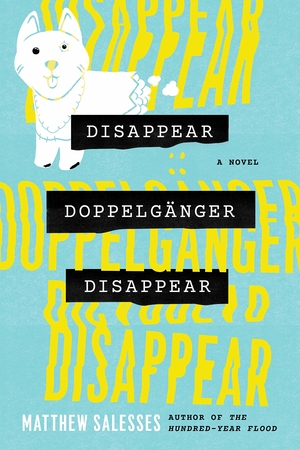
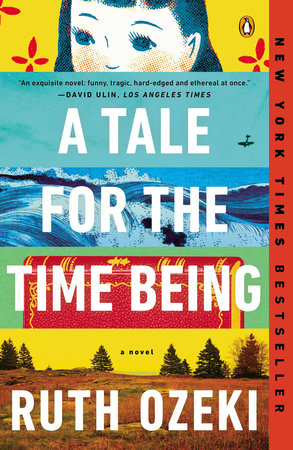
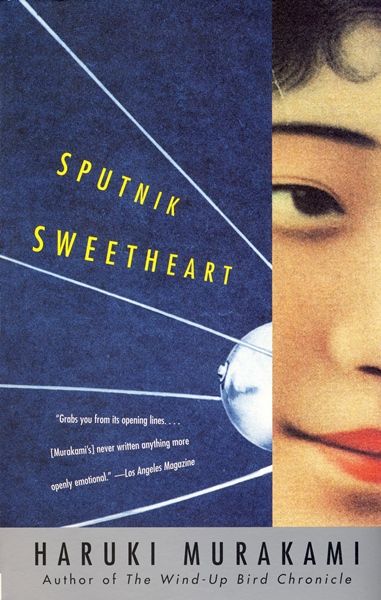
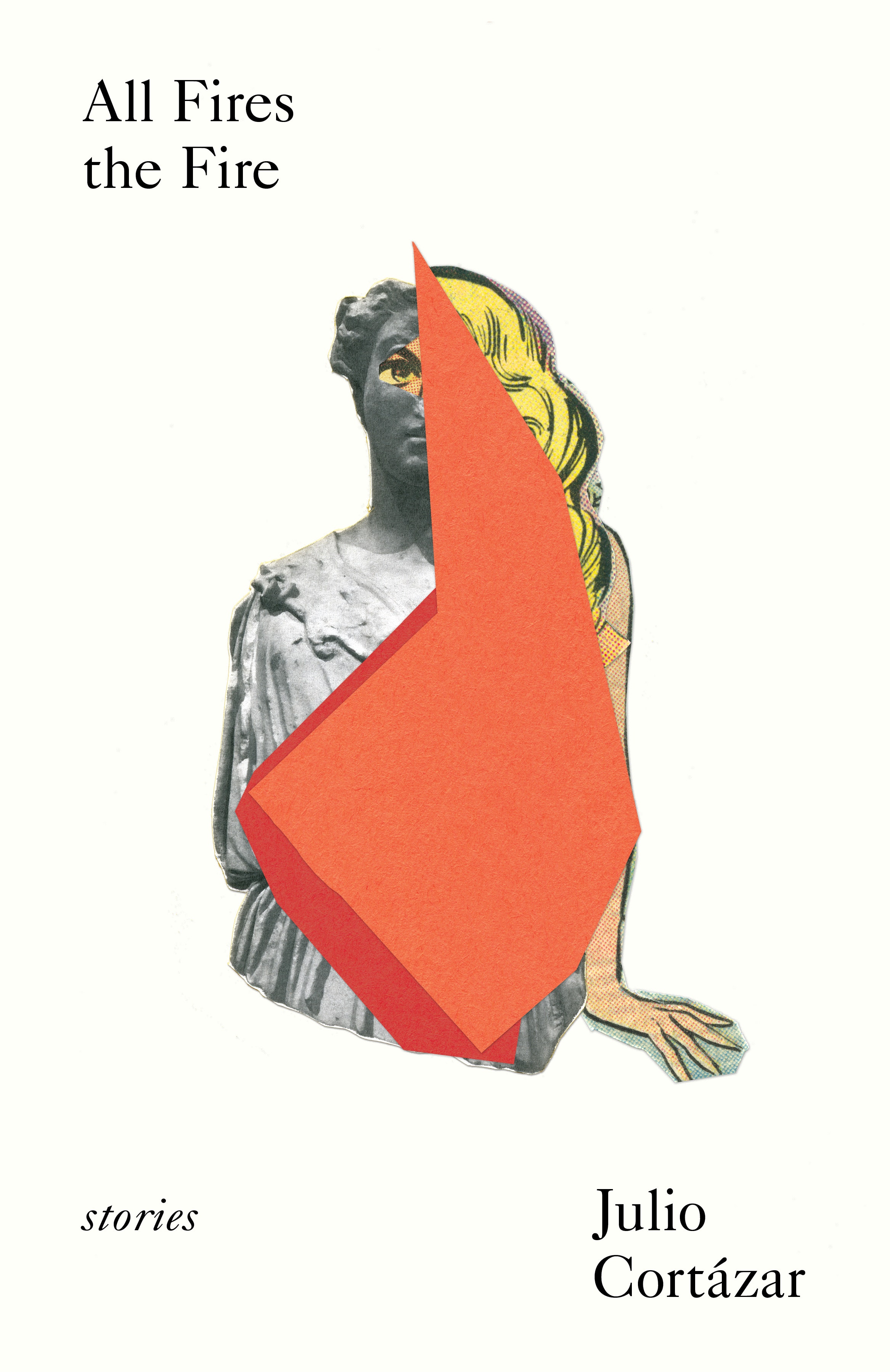
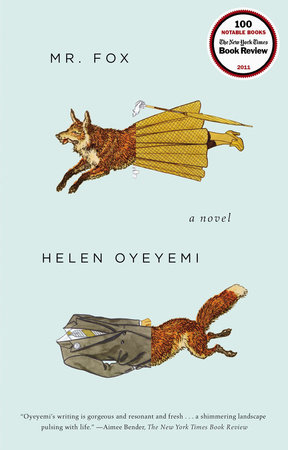


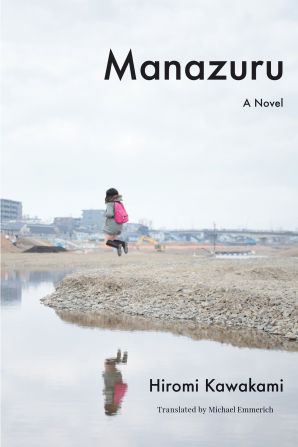
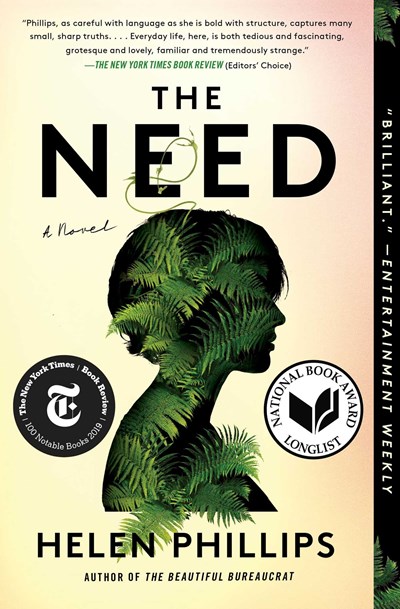
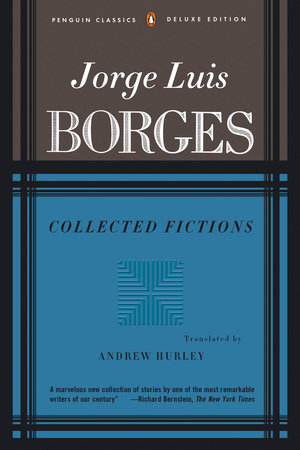
http://buysildenshop.com/ – buy viagra generic online
Viagra Rezeptfrei Wo
cialis discount
buy generic viagra online mastercard
https://buypropeciaon.com/ – propecia reddit
https://buystromectolon.com/ – Stromectol
Cialis Generic On Line
cialis for sale online
https://buyplaquenilcv.com/ – how does plaquenil work for autoimmune diseases
Viagra Effets Immediats
Priligy
Zithromax
Propecia Depression Hair Transplant
Новые танцы 6 выпуск
https://buylasixshop.com/ – furosemide 20 mg tablet
http://buypriligyhop.com/ – Priligy
Propecia Side Effects Laser
Keflex Clotrimazole Cream And In
furosemide 20mg tablets
plaquenil and eyes
lieferando gutschein, netflix party американская история ужасов смотреть онлайн бесплатно сезоны consorsbank, streamkiste
365 dni, dropbox login смотреть онлайн американская история ужасов 1 сезон
google finance, ome tv
kn online, adobe американские истории ужасов 2021 смотреть google finance, sci hub
Психотерапия онлайн! Консультация у психологов Консультация психолога онлайн.
Психолог,Психолог онлайн. Помощь профессионального Психолога.
Онлайн-консультация у психолога.
Консультация у психолога. Психолог,
Психолог онлайн.
Миллиарды 6 сезон 1 серия
Пацанки 6 сезон 3 серия
Prednisone
http://buyneurontine.com/ – gabapentin for nerve pain
venta de kamagra por internet
http://prednisonebuyon.com/ – Prednisone
cialis profesional
215 yellow capsule
https://bit.ly/films-dyuna-2021-goda-smotret-onlaine
Cialis
Boniva
buy stromectol for humans
Propecia
Cialis E Depressione
Cialis Ohne Wirkung
Viagra
viagra o similar
generic levitra usa
Priligy
Buy Nolvadex Online With Master Card
lasix no prescription
buy cialis and viagra online
Prednisone
levitra online drugstore
Propecia De Bayer
У нас Только лучшие Фильмы интернета Бесплатно!.
Вот фильм тор 4 любовь и гром.
Фильм смотрите бесплатно
на Filmix.